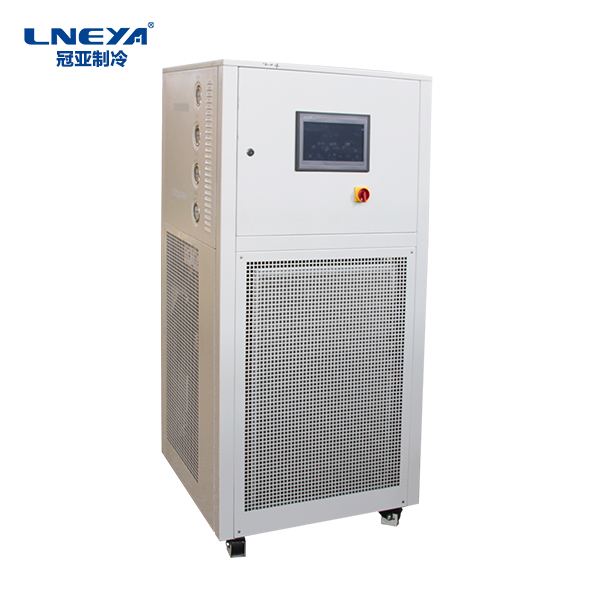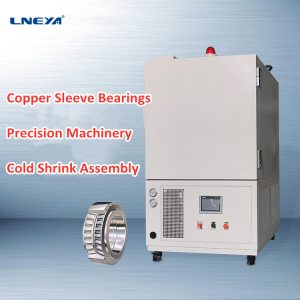Lneya Semiconductor Refrigeration Heating Circulation Wind System Test Description
There are many test items in the refrigeration and heating circulating air system for semiconductors. So, how much do users know about the out-of-channel testing of the semiconductor refrigeration and heating circulating air system?
The out-of-channel test of the cooling and heating circulating air system for semiconductors refers to the measurement of the frequency bands outside the system frequency. The out-of-channel test is to sample the distortion or interference in the system frequency band, instead of testing the transmission frequency itself. The adjacent channel power ratio (ACPR) test ensures that the transmitter is not interfered by adjacent or spaced channels. ACPR is the ratio of the average power of adjacent channels to the average power of the transmitted channel. Measurements are typically made between channels that are separated by multiple channels (between adjacent channels or spaced channels). When performing ACPR testing, it is important to consider the statistical nature of the transmitted signal, because even for the same transmitter, different signal statistics can result in different ACPR test results. For different standards, the test will usually have different names and definitions.
The cooling signal of the cooling and circulating air system for semiconductors is caused by a combination of different signals in the transmitter. The amplitude of such a signal in the system band must be less than the level specified by the standard to ensure that it has less interference to other communication systems. Harmonics are signal distortions caused by the nonlinearity of the transmitter, and the frequencies of these signals are all integer multiples of the carrier frequency. The test of out-of-channel clutter and harmonics is used to ensure that the interference of this channel to other communication systems is small.
The functions of the receivers for refrigerating and heating circulating air systems for semiconductors are basically the reverse processes of the transmitters, so the test challenges they bring are also very similar. The receiver must successfully capture the RF signal under potentially interfering conditions, so a front-end selection filter must be used to filter out or attenuate signals outside the system band received by the antenna. The low noise amplifier (LNA) amplifies the amplitude of the target signal, but at the same time ensures that the noise amplitude is increased as little as possible. The downconverter converts the RF signal into a lower frequency intermediate frequency signal by mixing with the local oscillator signal. The mixer’s output signal then attenuates the unwanted frequency components produced by the mixer or adjacent channels through the IF filter.
After the relevant test users of the refrigeration and heating circulating air system for semiconductors understand it, they can perform the running test. If there are some problems in operation, it is recommended to contact the semiconductor refrigeration and heating circulating air system manufacturer in time to solve the problem. (This article source network, if there is infringement, please contact delete, thank you.)

Related recommendations
-
Another name for explosion-proof refrigerator: metal cold processing assembly box
1157Wuxi Guanya LNEYA explosion-proof refrigerator adopts single-machine self-folding cryogenic processing technology. It is made of SUS304 stainless steel wire plate with separate low-temperature box, horizontal low-temperature box, inner and outer b...
View details -
Motor cooling system tests the effect of condensing temperature
1325The motor cooling system tests the condenser. Under normal conditions, the first half of the heat pipe is very hot, and its temperature has a slow and slow gradual decline in the balance of power. The heat sensitivity of the second half of the hea...
View details -
How to control the temperature of solvent recovery by distillation?
11081. If the product quality is not affected by the presence of air at a higher temperature, it can be recovered at normal pressure first, and when the temperature exceeds the normal pressure boiling point of the desolvent by 10 degrees, when the so...
View details -
Introduction To The Preparation Of Low Temperature Chiller’ Operation
1306Why do low temperature chiller need to be ready for operation? We must be very clear that only when we are ready to check the low temperature chiller can we run the equipment better, can we run it more efficiently. Before running the low temperatu...
View details
 LNEYA Industrial Chillers Manufacturer Supplier
LNEYA Industrial Chillers Manufacturer Supplier












